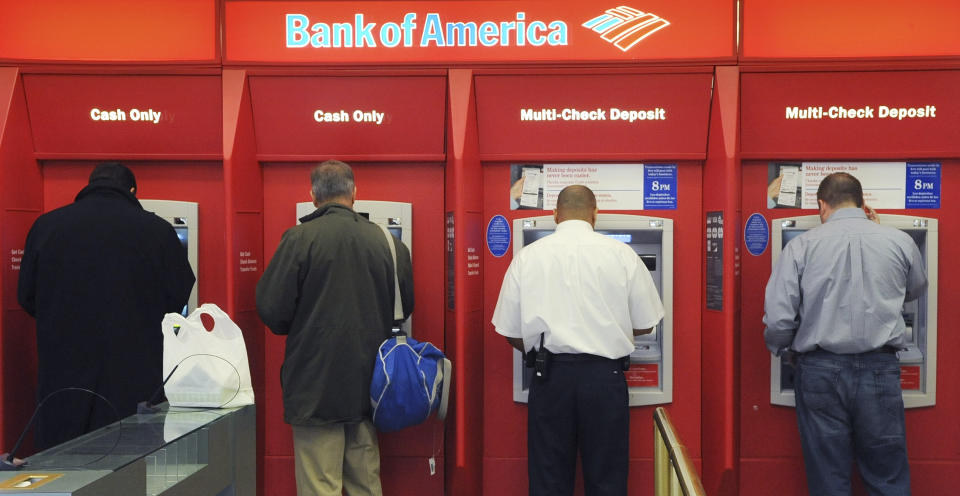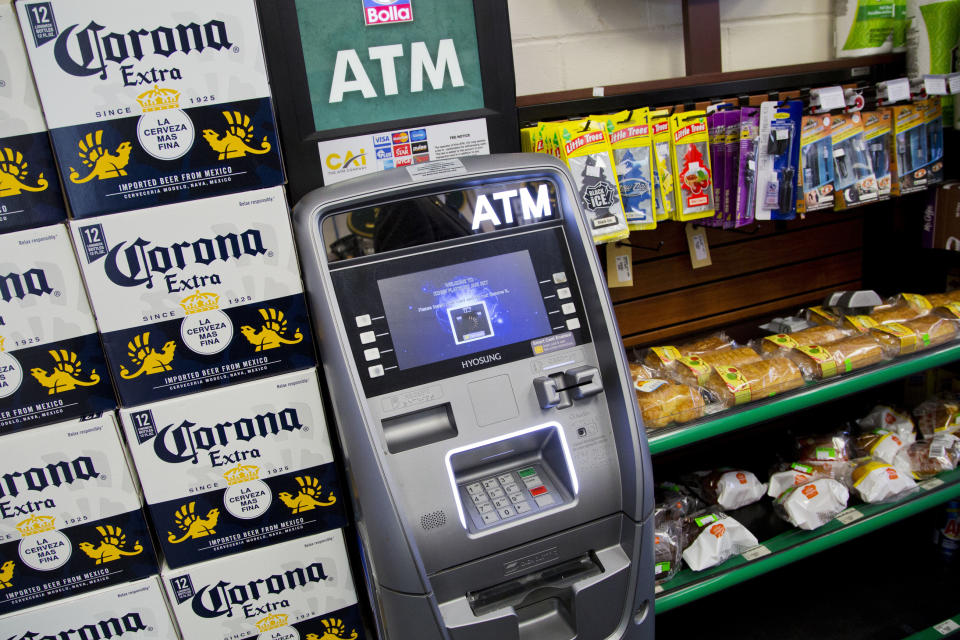Minorities pay more to bank than whites: Report
A new survey from Bankrate shows that African-Americans, millennials, and Northeasterners pay more in banking fees than other segments of the population. Banking fees are defined as “nominal” fees paid by the consumer for services, maintenance, and upkeep of their bank accounts. Examples could include a fee to print a check, to open or have an account at a bank, or for wire transfers.
Bankrate says the American customer spends on average $8 a month on fees for “routine service charges, ATM fees and overdraft penalties.” But not everyone pays the same amount.

In its survey of over 2,600 adults, Bankrate found that white checking-account holders said they paid just $5 a month in bank fees. Those numbers more than double for black and Hispanic account holders.
Hispanics pay $16 a month in banking fees, while black customers paid $12 a month, Bankrate found. Those who identified as another race also paid more, at $8 a month for banking services. There was little difference between men and women.
The number of white adults who said they paid no fees was also much higher than that of African-Americans and Hispanics.
More than 75% of whites said they didn’t pay any banking fees in a typical month — compared to roughly 60% of Hispanics and 60% of blacks.
But why?
There are several reasons. The first is that minorities are frequently more often part of the underbanked population, meaning that while they have banking accounts, the financial services offered don’t always meet all their needs. This means they have to pay more for financial services that the fully banked can get for free or at a lower cost.
According to the FDIC, just under 20% of American households were underbanked in 2017; more than 40% of those had a family income of under $30,000. Minorities were also overrepresented in the underbanked population, compared with their white counterparts. Just over 30% of black households and roughly 28% of Hispanics were underbanked. However, only 14% of white households were classified as underbanked, according to the FDIC.

As a result, it’s more likely that minority households will have to pay for out-of-network ATM fees, which can come to an average of $4.72, according to Bankrate. And while some banking fees are typically waived, banks often require minimum deposits or minimum balances to qualify for those perks. For low-income households, this can be difficult to achieve.
“While those getting paid in cash, living paycheck-to-paycheck or without convenient access to an in-network ATM are often paying the most right now, many individuals would save by spending just a little time to shop around to find less costly banking options,” said Bankrate.com senior economic analyst Mark Hamrick. “The truth is, it isn’t that difficult or time consuming to move an account to another product or institution that better fits your lifestyle.”
Age and location differences
Interestingly, age and location also had an impact on the amount of fees paid each month. Millennials with checking accounts paid $13 a month in fees. That’s more than four times than the $3 baby boomers reported paying each month, and almost 1.5 times the $9 Gen Xers said they typically paid each month. Most boomers — 80% — also reported paying no fees in an average month, compared to 74% of Gen Xers and 64% of millennials, Bankrate found.
Those living in the Northeast also paid moderately more than banking customers in other locations. Midwesterners and Southerners paid the least in banking fees each month, at $7 on average. Westerners paid $8 a month, while Northeasterners reported paying $10 on average each month for banking services.
Kristin Myers is a reporter at Yahoo Finance. Follow her on Twitter.
Read more:
Iran is ‘in a no-win situation’: expert
United States not prepared for cyberwar with Iran
Trump's impeachment has been cheaper than Clinton's
Trump re-election campaign bags $5 million on impeachment day
91 profitable Fortune 500 companies paid $0 in taxes in 2018 under Trump's tax law
Read the latest financial and business news from Yahoo Finance
Follow Yahoo Finance on Twitter, Facebook, Instagram, Flipboard, LinkedIn, YouTube, and reddit.


